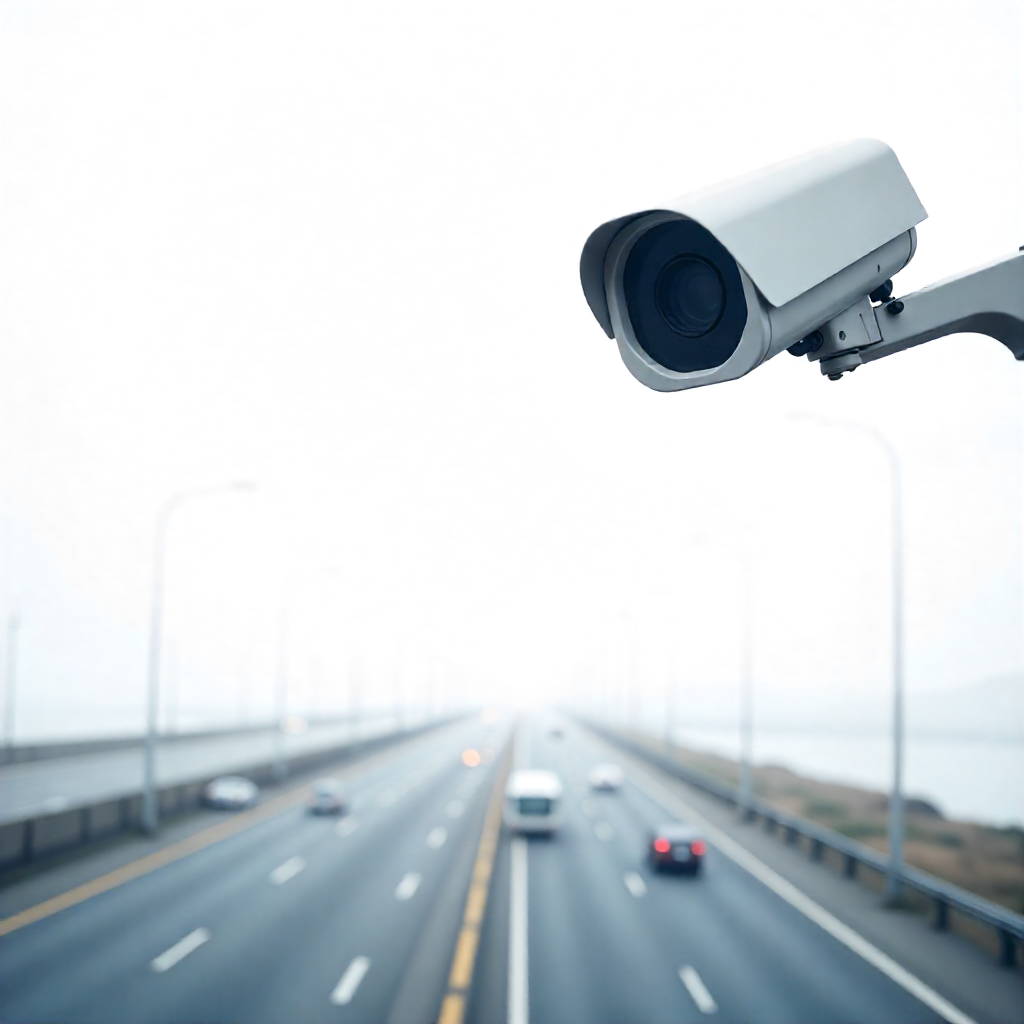In the modern context of rapid urbanization, ensuring the safety, efficiency, and seamless operation of city infrastructure is paramount. A core technology driving this intelligence is the license plate recognition system (LPR), frequently referred to as Automatic Number Plate Recognition (ANPR). This sophisticated computer vision technology utilizes specialized cameras and powerful software algorithms to automatically identify, capture, and convert vehicle license plates into digital, machine-readable text data. Moving far beyond the rudimentary capabilities of traditional surveillance, the LPR system acts as a digital sentinel, providing continuous, objective, and accurate vehicle data that is essential for effective traffic management, robust security operations, and the overall governance of smart cities globally.
⚙️ How the LPR System Transforms Visual Data into Actionable Intelligence
The operational mechanism of a license plate recognition system is a multi-step process reliant on high-speed image processing and intelligent pattern recognition:
1. Image Capture and Conditioning
The process begins with a specialized, often high-definition infrared (IR) camera. These cameras are chosen for their ability to maintain clarity regardless of ambient light conditions, vehicle speed, or weather, utilizing IR illumination to highlight the reflective properties of license plates. The initial image is a raw visual capture of the vehicle.
2. Localization and Normalization
Once the image is acquired, the LPR software, powered by advanced computer vision algorithms, performs localization. This step isolates the license plate area within the broader image, distinguishing it from the vehicle body and background elements. The system then undergoes normalization, where it corrects for any geometric distortions—such as skew or tilt caused by the vehicle’s angle or speed—and enhances the contrast to prepare the license plate image for accurate character extraction.
3. Optical Character Recognition (OCR) and Verification
The core of the system is the Optical Character Recognition (OCR) engine. This software segments the plate image into individual characters (letters and numbers) and translates these visual elements into a standardized text string. Modern LPR systems use sophisticated Deep Learning and Machine Learning models trained on vast international datasets. This advanced training allows the system to maintain high accuracy despite variations in plate design, font type, dirt, or minor damage.
4. Data Processing and Action
The resulting text string is immediately time-stamped, geo-tagged, and compared against one or more database lists (known as “hot lists”). These lists may include vehicles reported as stolen, those associated with wanted individuals, or vehicles flagged for access control or toll evasion.
- Match: If the plate matches a list, the system generates an immediate, high-priority alert to the appropriate personnel (e.g., security, police, or toll operators).
- Storage: If there is no immediate match, the data is securely logged and stored in the database for future forensic analysis and urban planning purposes.
🌐 Key Applications in Urban and Enterprise Environments
The versatility of the license plate recognition system allows it to serve multiple high-value functions across different sectors:
- Law Enforcement and Security: LPR systems provide a crucial layer of passive surveillance, automatically scanning millions of vehicles daily on roadways, bridges, and strategic checkpoints. This non-stop capability dramatically increases the likelihood of interdicting vehicles associated with criminal activity, often serving as the first alert in locating missing persons or tracking vehicles used in serious crimes.
- Traffic Management and Tolling: LPR is the backbone of electronic toll collection (ETC) and congestion charge systems, enabling free-flow traffic without requiring vehicles to stop. Furthermore, by tracking vehicle movement between checkpoints, LPR data provides real-time traffic flow metrics, enabling intelligent transportation systems (ITS) to optimize signal timings.
- Access Control: For corporate campuses, parking garages, and residential communities, LPR automates gate access. It instantaneously verifies authorized vehicles, eliminating the need for fobs, stickers, or manual checks, enhancing both security and efficiency.
- Parking Enforcement: The system can monitor parking zones, tracking the entry and exit times of vehicles to automate billing or detect overstaying vehicles in restricted areas.
⚖️ The Balance of Efficacy and Ethics
The deployment of LPR systems, while highly effective, introduces critical discussions around data privacy and civil liberties. The LPR’s ability to create a detailed historical record of citizen movement necessitates strict governance. Cities and enterprises must adopt transparent policies covering data retention limits, access controls (who can query the data), and robust security measures to prevent data breaches or misuse. The technological capability must always be balanced against the ethical imperative to protect individual privacy.
🚀 Conclusion
The license plate recognition system has evolved into a sophisticated tool that provides continuous, objective intelligence about vehicle flow and identity. It is a fundamental enabler of efficient transit and rapid security response. By automating the visual analysis of millions of vehicles, it provides security forces and urban planners with invaluable data that would be impossible to collect manually.
This integration of visual capture with AI-powered data processing is what defines contemporary security practices. The success and proliferation of LPR technology perfectly exemplify the broader trend toward using advanced visual intelligence to create safer public domains. The system’s ability to efficiently process and generate actionable alerts from vast amounts of visual data is a primary contributor to the larger vision of contemporary security, underscoring how Safe City Image/Video-Based Analytics: A Force Multiplier enhances public safety, turning passive surveillance into a highly effective and proactive security asset.

